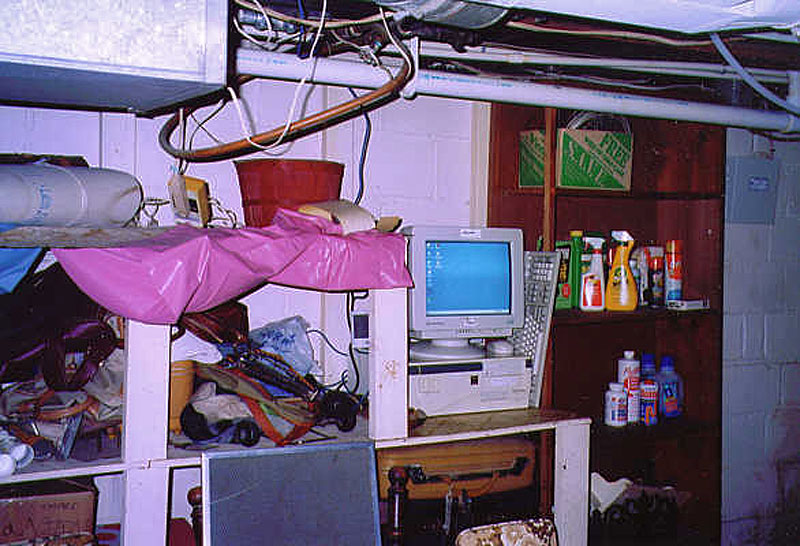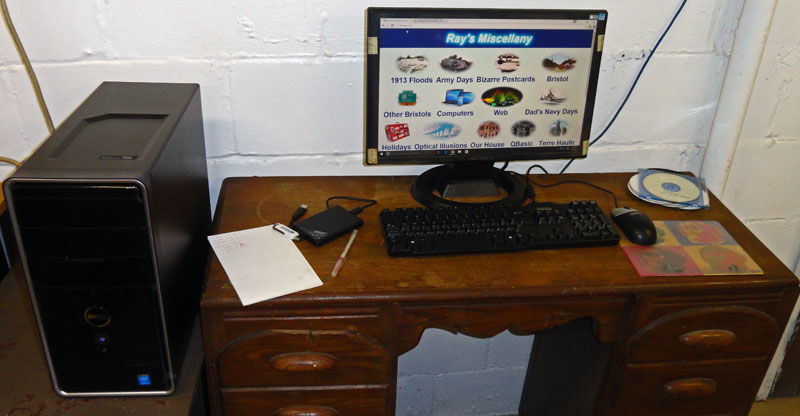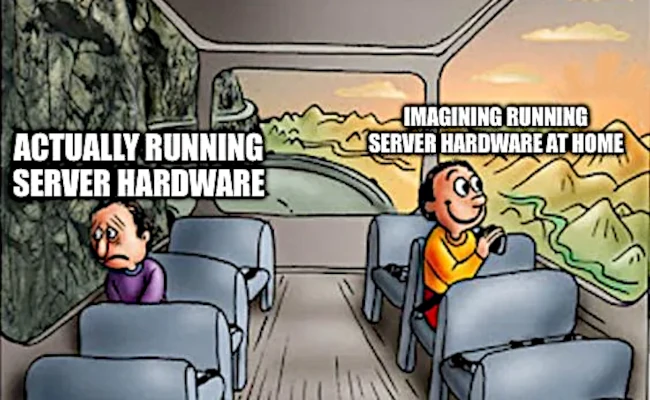Introduction
I have been self-hosting my own Apache web server since June 2003. The website - this one, brisray.com, started off quite small which was just as well as the first web hosts I put it on only offered a small user space. The first I used was Freeserve in 1999, which offered 10Mb of space. As the site grew I put portions of the site on other hosts such as:
members.lycos.co.uk/brisray was on Lycos UK from January 2002 to 2009.
brisray.bravepages.com was on Bravepages from December 2002 to February 2006.
brisray.fateback.com was on Fateback from June 2003 to February 2006
brisray.0catch.com was on ZeroCatch from June 2003 to February 2006
brisray.150m.com was on 150M from August 2003 to February 2006
brisray.250free.com on 250Free from August 2003 to 2008
brisray.exactpages.com was on ExactPages from August 2003 to February 2006
brisray.o-f.com was on Online Free from August 2003 to February 2006
By 2003, it was getting difficult to keep the different parts of the site uptogether and as didn't want to spend any money, started looking around at setting up a simple web server at home - the "Server in the Cellar". This site came online in June 2003.

The original "Server in the Cellar" in June 2003
This was a MMX 200MHz machine with 30Gb drive running Windows 2000 Pro
It cost me $25 when Ivy Tech College were selling them off.
This page looks at the pros and cons of running a web server.
The arguments against

The "Server in the Cellar." My nice new Dell Inspiron 3847 on January 16, 2016
Even after 20+ years, I still think it's cool that the the computer in my basement has served web pages to millions of people. I write my sites for my own amusement and to share a little of what I know to people who may be interested in reading what I write.
ISP TOS
If you run a web server on a domestic Internet Service Providers (ISP) account then you need to read their Terms of Service (TOS). There are very few, if any, American ISPs that allow a user to run any type of public web server using their services and you will probably be breaking their TOS by running any type of server. I have used several ISPs and the attitude seems to be unless you are doing something outrageous they will leave you alone. I have never received a warning letter from mine or had my service throttled or cut off, but I have heard of people who have. So long as you are not generating a huge amount of traffic or doing anything illegal you should be fine (but I make no promises).
My own ISP says this in their TOS:
Prohibited Activities Using the System, Network, and Service. Any activity or use of the Service which violates system or network security or integrity are prohibited and may result in criminal and civil liability. Such violations include, without limitation, the following:
Running any type of server on the system that is not consistent with personal, residential use. This includes but is not limited to FTP, IRC, SMTP, POP, HTTP, SOCS, SQUID, NTP, DNS or any multi-user forums.
ISP Limits
Asychronous Accounts
A lot of ISPs just offer asynchronous or asymmetric services on domestic accounts. That is, the upload speed is a lot lower than the download speed. My ISP has a download speed of 600Mbs but the upload speed is just 20Mbs. For my sites that doesn't make much of an inpact, for others it will.
CGNAT
Some ISPs use Carrier Grade Network Address Translation (CGNAT). This allows them to share IP4 addresses among several customers. Although this works for the ISP, it makes running a home server more difficult as router port forwarding to the server cannot be used. There are methods around this though such as using a VPN, proxy server, and others.
Blocked Ports
Some ISPs block ports 80 and 443, the ports required to run a web server. Mine does not but there are methods of getting around this limitation if they do.
Technical Support
You are responsible for everything to do with the server; the server software, the website design, the content, security, backups,upgrades - absolutely anything and everything to do with keeping the server running. Gtting these right takes a lot of time, a lot of reading and can be very frustrating when things do not work quite as they should.
Uptime
My ISP is generally very reliable and so is the computer I use as a server, so the sites uptime is very good. Unfortunately bad things happen such as the storm that passed through where I live on 29 June 2023 that brought several trees down in the area where I live that took out the power and telephone lines which in turn wrecked the modem and router I used. It took three days before everything was fixed and working again.

Storm damage, June 29, 2023
Cost
The computer I use as a server only cost a couple of hundred dollars. Apart from the domain names which cost me around $12 each a year, the only other cost I have is the electricity to keep the server running 24/7/365. I really should buy a smart socket, hopefully one that can graph the results over time, so I see how much electricity it uses.
My sites have never run any adverts. I suppose I could offset the costs by doing so, but I really do not want to.
Other
Conclusion

Running a home server - luckily it isn't quite so bad as this
There are a lot of cons to running a home web server. For me, it works, the time and effort is worth it and I written plenty of pages explaining what I have done over the years.
Sources & Resources
Blocked internet ports list - Xfinity Internet
Blocked Ports - Spectrum Internet
Carrier-grade NAT - Wikipedia
Internet Ports Blocked or Restricted by Cox - Cox Internet
Smart sockets - Amazon
Top ISPs Using Carrier-Grade NAT (CGNAT)